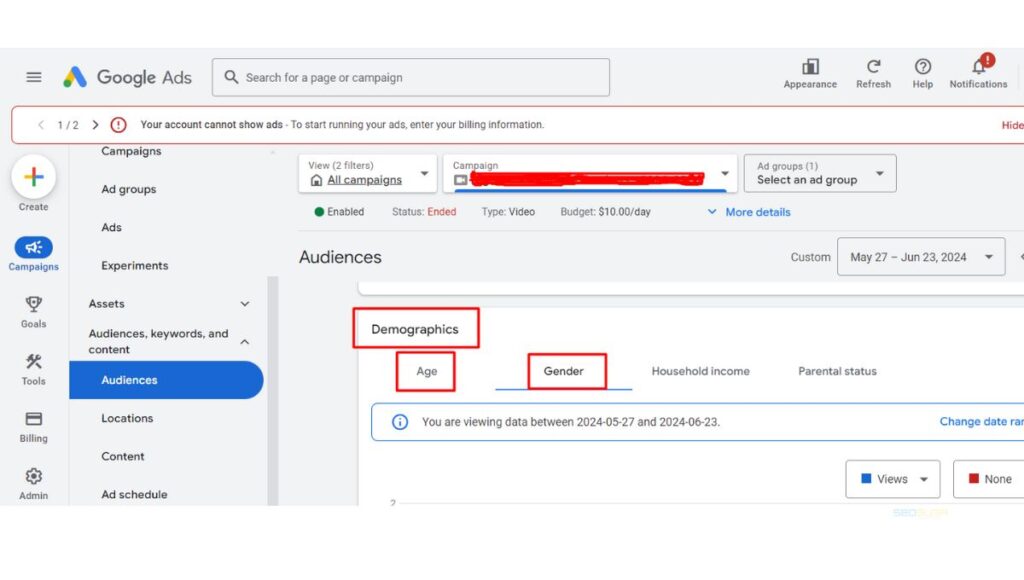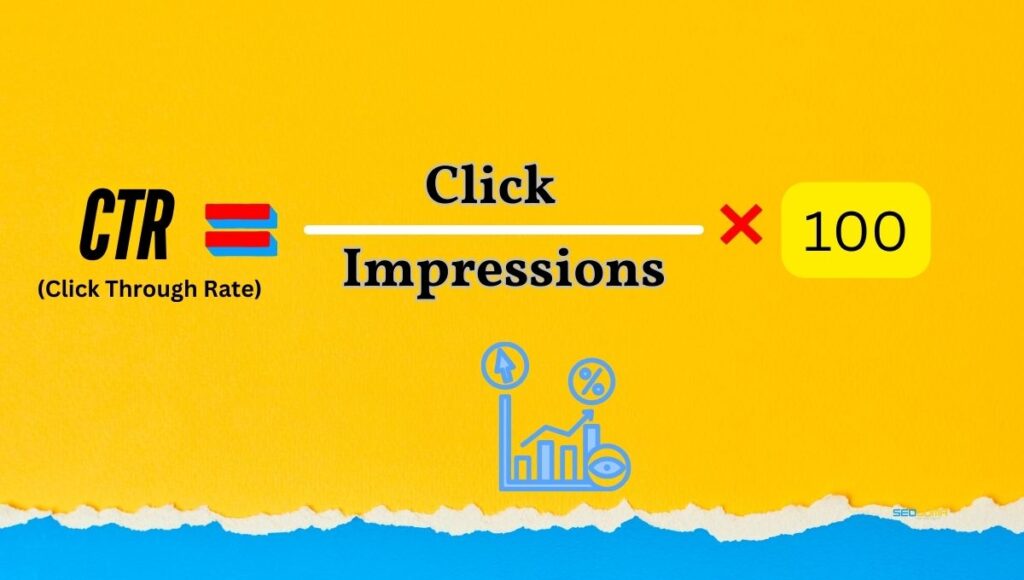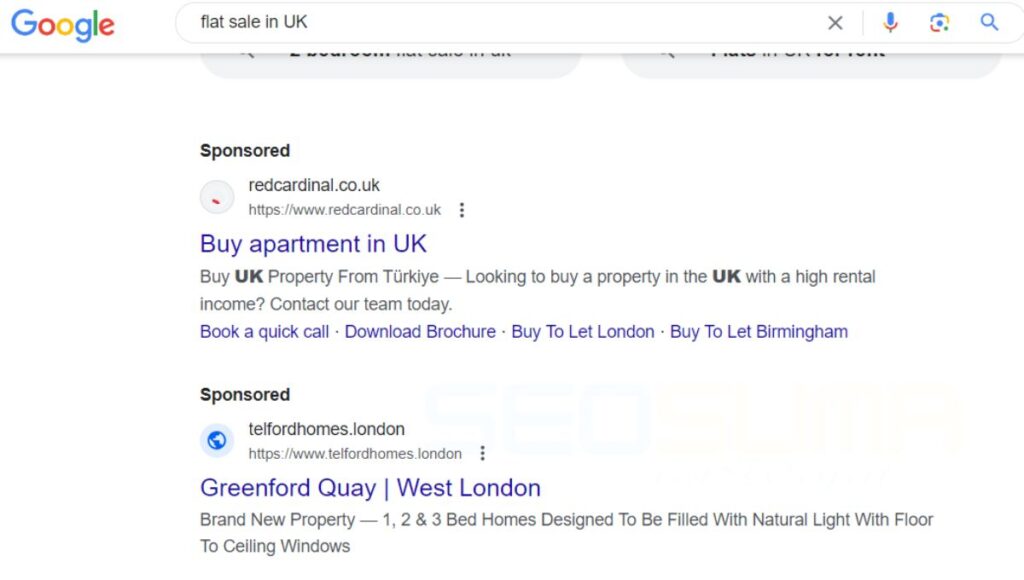Google Ads can elevate real estate marketing by targeting potential home buyers and sellers effectively. It leverages user intent to increase leads and conversions.
Navigating the digital marketplace, real estate professionals harness the power of Google Ads to reach a vast audience actively searching for properties. This tool allows agents to display their listings prominently, ensuring they catch the eye of the right demographic.
With precise targeting options, real estate marketers can tailor their campaigns to local markets or specific buyer interests. Crafting compelling ad copy and utilizing high-quality images can significantly enhance click-through rates and drive more traffic to property websites. Google Ads offers a competitive edge in the fast-paced real estate sector, providing measurable results and a high return on investment. Real estate agents can track their ad performance, adjust their strategies in real time, and optimize their spending to maximize their marketing impact.
Harnessing Google Ads For Real Estate Success
Google Ads revolutionizes real estate marketing. Agents grab potential clients’ attention fast. Competitive markets demand smart, digital strategies. Google Ads delivers. Let’s explore.
The Power Of Targeted Advertising
Google Ads offers precision. Real estate agents target specific demographics. Ads reach home buyers and sellers effectively. Custom audience settings increase lead quality. Location, interest, and behavior targeting drive real estate success.
Why Real Estate Professionals Need Online Visibility
Online visibility is crucial. Buyers start their search online. A strong Google presence ensures agents meet clients where they are. High visibility equals more leads. It’s that simple.
Keywords: Google Ads, real estate, targeted advertising, online visibility, lead generation.
Setting Up Your First Campaign
Embarking on your first Google Ads campaign feels thrilling. It’s a step towards reaching potential home buyers and sellers online. Let’s dive into the details of setting up a campaign that targets the right audience and maximizes your budget.
Choosing The Right Campaign Type
Google Ads offers various campaign types, each with its own focus. For real estate, you want campaigns that drive traffic to your listings and generate leads. Search and Display campaigns are top picks. Search campaigns help you appear in Google searches when people look for homes. Display campaigns showcase your properties on websites across the internet. Choose wisely to align with your goals.
Understanding Google Ads Account Structure
Your Google Ads account has a specific structure. It’s like a well-organized folder system on your computer. The account is at the top, with campaigns just below it. Each campaign contains ad groups, which in turn hold your ads and keywords. Think of it as a tree. The account is the trunk, campaigns are branches, and ad groups are leaves. A clear structure ensures your ads reach the right people.
| Account Level | Campaign Level | Ad Group Level |
| Settings and billing | Type, budget, and location | Ads and keywords |
Remember, a well-structured account helps in tracking performance. It also makes optimizations a breeze. Start with a solid foundation to build campaigns that deliver results.
Crafting Compelling Ad Copy
Crafting Compelling Ad Copy is crucial for real estate success on Google Ads. A well-crafted ad can grab attention, showcase key property features, and drive potential buyers to take action. Let’s explore how to create ad copy that stands out and captures the interest of your target audience.
Writing Headlines That Capture Interest
Headlines are the first point of engagement with your audience. A powerful headline should be clear, concise, and compelling. It should promise a benefit, create curiosity, or highlight a unique selling proposition.
- Use numbers to convey value and specificity.
- Include location to attract local buyers.
- Employ emotional triggers to connect with readers.
Utilizing Descriptions To Highlight Property Features
Descriptions complement headlines by offering more detail. They should focus on the property’s best features. Descriptions must paint a vivid picture of the property and its benefits.
| Feature | Benefit |
| Modern kitchen | Enjoy family time in a state-of-the-art cooking space. |
| Spacious backyard | Experience endless outdoor fun and relaxation. |
| Close to schools | Provide your kids with easy access to top education. |
Remember to use active voice and action verbs. These keep your descriptions lively and engaging. Aim to spark the imagination of potential buyers, making them envision living in the property.

Targeting Potential Homebuyers
Effective Google Ads campaigns can turn browsers into buyers. In real estate, targeting the right audience is critical. Let’s explore how to pinpoint potential homebuyers.
Leveraging Location Targeting
Real estate thrives on location. Google Ads allows you to target ads by specific areas. This ensures your listings reach local homebuyers or those planning to move. You can select cities, ZIP codes, or even radius targeting around a point.
- City targeting: Ideal for urban real estate.
- ZIP code targeting: Targets specific neighborhoods.
- Radius targeting: Captures nearby homebuyers.
Demographics And Interest-based Segmentation
Understanding your audience improves ad performance. Google Ads offers demographic targeting to reach the right age, gender, and income level. Interest-based segmentation dives deeper, connecting with users based on their online behavior and preferences.
| Demographic | Interests |
| Age groups | Home decor |
| Income levels | Real estate investment |
| Family size | Neighborhoods |
Optimizing For Higher Conversion Rates
Optimizing for Higher Conversion Rates is key in Google Ads for Real Estate. It turns clicks into clients. A good strategy will make your campaign stand out. Let’s dive into how to boost those rates.
The Importance Of Landing Pages
Landing pages are crucial for success. They must align with your ads. This ensures visitors find what they expect. A well-designed page holds attention. It guides visitors to take action.
Focus on clear, relevant content. Highlight unique property features. Use high-quality images. Ensure fast loading times. These elements keep potential buyers engaged.
- Clear Headlines: Directly state the property’s value.
- User Experience: Make navigation simple.
- Speed: Optimize for quick load times.
Using Call-to-actions Effectively
Call-to-Actions (CTAs) are powerful. They prompt immediate responses. Use them to guide users. CTAs should be clear and compelling. They must stand out on the page.
| Action | Words to Use | Placement |
| Sign Up | “Register Now”, “Get Access” | Above the Fold |
| Contact | “Talk to Us”, “Inquire Today” | Page Bottom |
| Learn More | “Discover”, “Explore” | After Features |
Test different CTAs. Measure their performance. Use the most effective ones. This will increase your conversion rates. Remember, every click is a potential sale.
Budget Management Strategies
Real estate agents can boost their online presence with Google Ads. Effective budget management is key. Let’s explore strategies to maximize ad spend.
Allocating Funds Wisely
Smart budget allocation is crucial in real estate marketing. Begin by setting clear goals. Identify target audiences and the most valuable property listings. Allocate more funds to high-performing ads. Use Google Analytics for insights. This helps in making informed decisions. Keep a portion of the budget flexible. Market trends can change. Be ready to adjust funds as needed.
Understanding Bidding And Ad Spend
Bidding on Google Ads is competitive. Real estate keywords can be pricey. Learn about different bidding strategies. Manual bidding gives control over bid amounts. Automated bidding lets Google optimize for conversions. Keep bids in line with your budget goals. Monitor performance closely. Adjust bids to ensure the best return on investment. Remember, a well-placed bid can mean the difference between a lead or a missed opportunity.
Analyzing Campaign Performance
Analyzing Campaign Performance is crucial in real estate Google Ads. It tells you what works. You learn to spend better. Let’s dive into the key metrics and how to tweak strategies for success.
Key Metrics To Monitor
- Click-Through Rate (CTR): Shows ad engagement.
- Conversion Rate: Tells about leads turning into clients.
- Cost Per Click (CPC): Reflects the cost for each ad click.
- Quality Score: Google’s rating of ad quality and relevance.
- Impressions: Counts how often ads are viewed.
Adjusting Strategies Based On Data
Use data to make smart changes. A low CTR may need better ad copy. If CPC is high, refine keywords. Track conversions to see the client journey. Change bids based on performance data.
| Metric | Goal | Action |
| CTR | Increase | Improve ad text or visuals. |
| Conversion Rate | Increase | Optimize landing pages. |
| CPC | Decrease | Target long-tail keywords. |

Advanced Features Google Ads For Real Estate
Let’s dive into Advanced Google Ads Features for Real Estate. These tools help you find more buyers and sell properties faster. Learn how to use them now.
Remarketing To Interested Users
Remarketing means reaching out again to people who visited your site. It’s like reminding them, “Hey, remember that house you liked?” This helps bring them back.
- Create ads that show the properties they viewed.
- Use engaging images and messages.
- Set the right budget to reach more people.
This strategy makes sure your properties stay in their minds.
Using Video Ads To Showcase Properties
Video ads are powerful. They let people see and feel the property from anywhere. You can take them on a virtual tour of the house.
- Make short, interesting videos.
- Show the best features of the house.
- Use music and narration to make it lively.
With video ads, potential buyers can imagine living there. This makes them more likely to get in touch.
Navigating Compliance And Legal Considerations
Navigating compliance and legal considerations is crucial in Google Ads for real estate. Professionals must ensure their campaigns adhere to various laws. This includes fair housing regulations and advertising standards. Failing to comply can lead to significant penalties. Let’s dive into the specifics of maintaining compliance.
Adhering To Fair Housing Laws
Real estate ads must never discriminate. They should give equal opportunity to all. It is important to know the Fair Housing Act. This act prohibits discrimination in housing-related activities. Ads should not suggest a preference based on race, color, religion, sex, handicap, familial status, or national origin. Marketers need to use inclusive language. They must avoid words that could violate these laws.
- Include a variety of demographics in images and text
- Avoid specifying an ‘ideal tenant’ or buyer
- Use terms like ‘accessible’ instead of ‘handicap-friendly’
Ensuring Ad Copy Meets Legal Standards
Ad copy for real estate must be truthful. It should not mislead potential clients. Always provide accurate property descriptions. Avoid making unverifiable claims. Ensure that all claims about the property are factual. Include disclaimers when necessary.
| Do’s | Don’ts |
| Use clear, honest language | Exaggerate property features |
| Disclose all material facts | Hide important property details |
| Include necessary legal disclaimers | Use fine print to mislead |
Remember to review local laws. These can affect ad content. Keep records of all advertisements. They might be needed for legal verification. Stay informed about the latest laws. It will help keep your ads compliant.

Future Trends In Real Estate Digital Marketing
Future Trends in Real Estate Digital Marketing shape how we buy and sell homes. Technology changes fast. Real estate must keep up. Here are big trends.
The Rise Of Ai And Machine Learning
AI and machine learning are big game changers. They make marketing smart. We can now predict what buyers want. This means better ads, more sales.
- AI spots trends. It sees what we like.
- Machine learning improves searches. It knows your dream home.
- Chatbots help 24/7. They answer questions fast.
Incorporating Virtual Reality In Listings
Virtual reality (VR) makes listings pop. It’s like you’re there, without travel. See homes from anywhere. It saves time, makes buying fun.
- VR tours show every corner.
- You can visit many homes quickly.
- It’s great for busy people.
Both AI and VR are shaping the future. They make finding or selling homes easier. Real estate gets exciting with these tools.
FAQ: Google Ads For Real Estate
Is Google Ads Effective For Real Estate?
Yes, Google Ads can be highly effective for real estate, targeting potential buyers and sellers with precision and enhancing online visibility.
Which Platform Is Best For Real Estate Advertising?
The best platform for real estate advertising is Zillow, renowned for its large audience and targeted tools for agents and home sellers.
How Much Do Google Ads Cost?
The cost of Google Ads varies widely, depending on your industry and target keywords. On average, businesses may spend $1 to $2 per click for the Search Network. Budgets are flexible, allowing you to set a limit that works for you.
How Much Are Google Real Estate Leads?
The cost of Google real estate leads varies based on advertising budget, keywords, and competition, with no set price. Prices can range from a few dollars to hundreds per lead.
Conclusion
Navigating Google Ads can elevate your real estate business to new heights. By targeting the right audience, your listings gain visibility, driving potential buyers directly to your properties. Remember, a well-crafted ad campaign is key to standing out in a competitive market.
Start leveraging Google Ads now and watch your real estate success soar.

